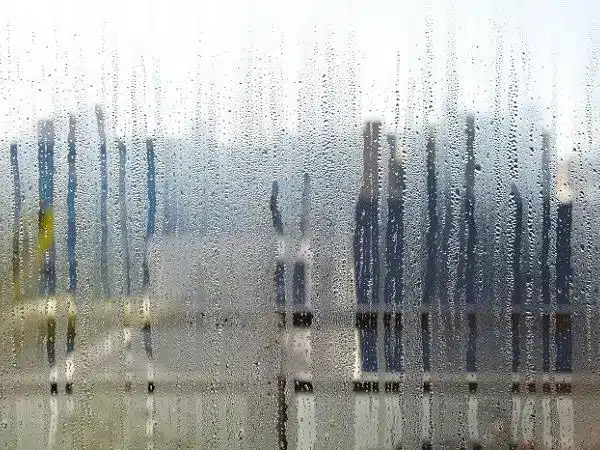Windows are often considered one of the most important features of any home. Windows provide natural light, ventilation and help keep us safe and secure. However, a damaged window does nothing but increase heating bills, enables pests to get in, and disfigures the aesthetic appearance of your home. Visible damages tell us that our windows need replacement, but most window damage is not very visible and may even be impossible to spot. So, how can you identify when your doors and windows are damaged and may require to be changed?
Below we highlight signs it’s time to replace the windows in your home.
1. Loud Noises
Your windows are designed to keep external noise, outside of your internal living environment. After all, this is one of their major purposes. Older windows, which may start to deteriorate and are manufactured with less insulation, fail at keeping your home quiet. If you are working from home, or entertaining guests, you certainly don’t want to hear what passersby are saying outside. Hearing outside noise is a major sign you need a new window.
2. Higher Energy Bills
Drafty windows allow for cold air to enter your home and for warm air to escape during the winter months, and allow for the opposite during the summer months. Bent frames and windows that are not sealed properly will lead to overworking your HVAC system during winter and summer as your system tries to stabilize your home’s internal temperature. Replacing windows that allow for drafts, will help reduce your energy bills as your heating and cooling systems won’t need to work as much to keep your home comfortable.
3. Poor Window Operation
Windows that were not installed correctly or that have suffered extreme wear and tear over time can stiffen. This could lead to trouble both opening and closing the window. Poor widow operation could lead to potential security risks, as your windows may not close properly. This same issue can also cause a pest infestation, as the gaps will allow for bugs and rodents to work their way into your home.
4. Condensation
Condensation on the inside or outside of your windows is more than likely not an issue. This condensation is due to warm moist air meeting the cool surface of the glass. However, if there is condensation build up between your windows panes, this means that your window has been compromised, and is not air tight anymore. This can lead to several issues, such as lost energy efficiency and unsightly stains on your windows.
5. Visible Damage
Ignoring minor signs of damages on your windows and doors for that matter can lead to major damage, and cause major problems down the road. Any signs of damage should be inspected and taken care of immediately. Ignoring a small crack or warped frames can eventually lead to water damage, increase energy bills, or even potential easy access points for potential intruders.



